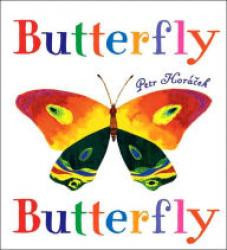Stephanie Norby's collections
Clovis Points and Early Innovation in North America
Clovis points were an American invention, perhaps the first. More than 10,000 Clovis points have been discovered scattered in 1,500 locations throughout North America, dating back 13,000 years. This teaching collection includes: 1) a 3-D scan of a Clovis point; 2) a video of Smithsonian anthropologist Dr. Dennis Stanford explaining what they tell us about early America, 3) a video demonstration of how stone tools were made; and 4) three Smithsonian magazine articles about Clovis points and stone tools.
 Stephanie Norby
Stephanie Norby
7
Boxes
<p>A box is a container with a flat base and sides, typically square or rectangular and having a lid. Or is it? Look at the collection of boxes. How do you think these boxes are used? How are they different in shape? size? material? Why do you think they are so different?</p>
 Stephanie Norby
Stephanie Norby
18
Borders
<p>A few objects that reflect borders -- both to keep people out and to keep them in. Also, objects that show people's resilience even in the worst of times.</p>
 Stephanie Norby
Stephanie Norby
101
A House Divided: Photography in the Civil War
How does photography of the Civil War inform us about this period? This teaching collection includes the lesson plan, A House Divided: Photography of the Civil War, published by the Smithsonian American Art Museum. Students examine Civil War photographs, write captions, and discuss how viewing photographs enhances your understanding of historical events and concepts.
 Stephanie Norby
Stephanie Norby
9
Abraham Lincoln's Life: Looking at Personal Artifacts
What do personal possessions tell us about a person? This teaching collection includes: 1) artifacts that belonged to President Lincoln, 2) a handout to guide analyzing artifacts as primary sources, 3) a video of Harry Rubenstein, a historian at the National Museum of American History, telling about the objects, and 4) two videos of Harry Rubenstein describing how he verifies the history of objects.
 Stephanie Norby
Stephanie Norby
11


